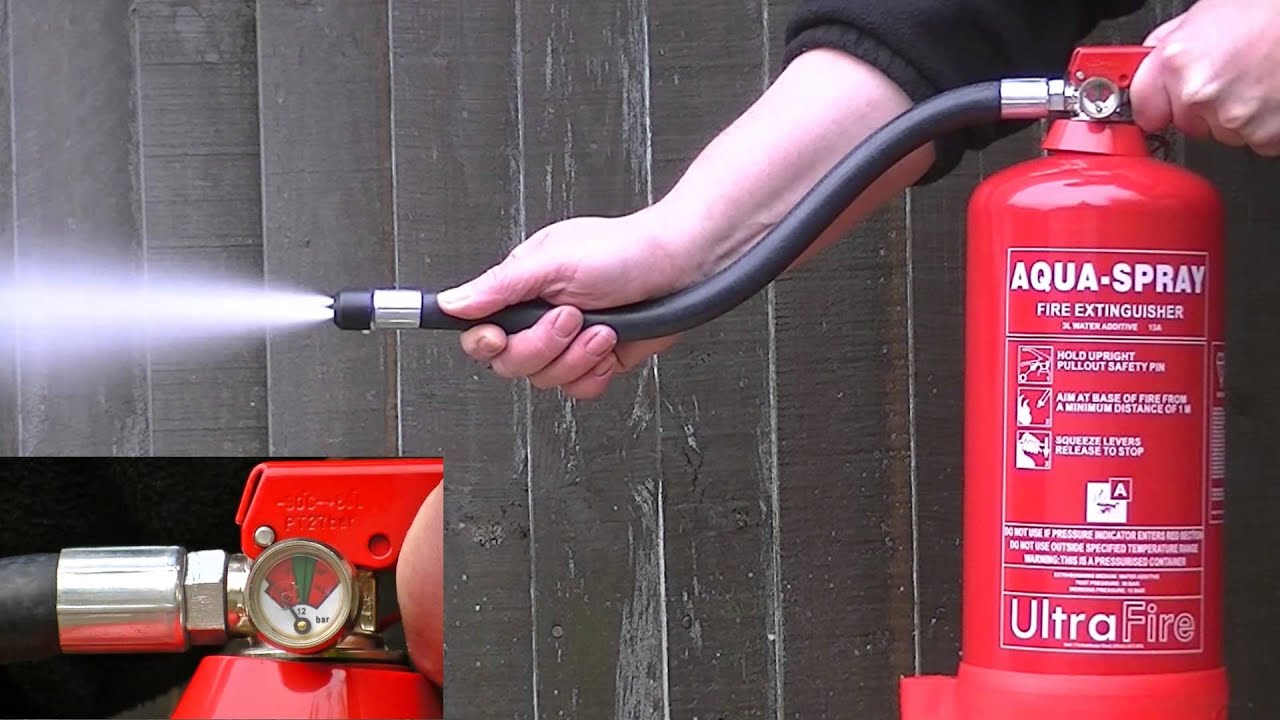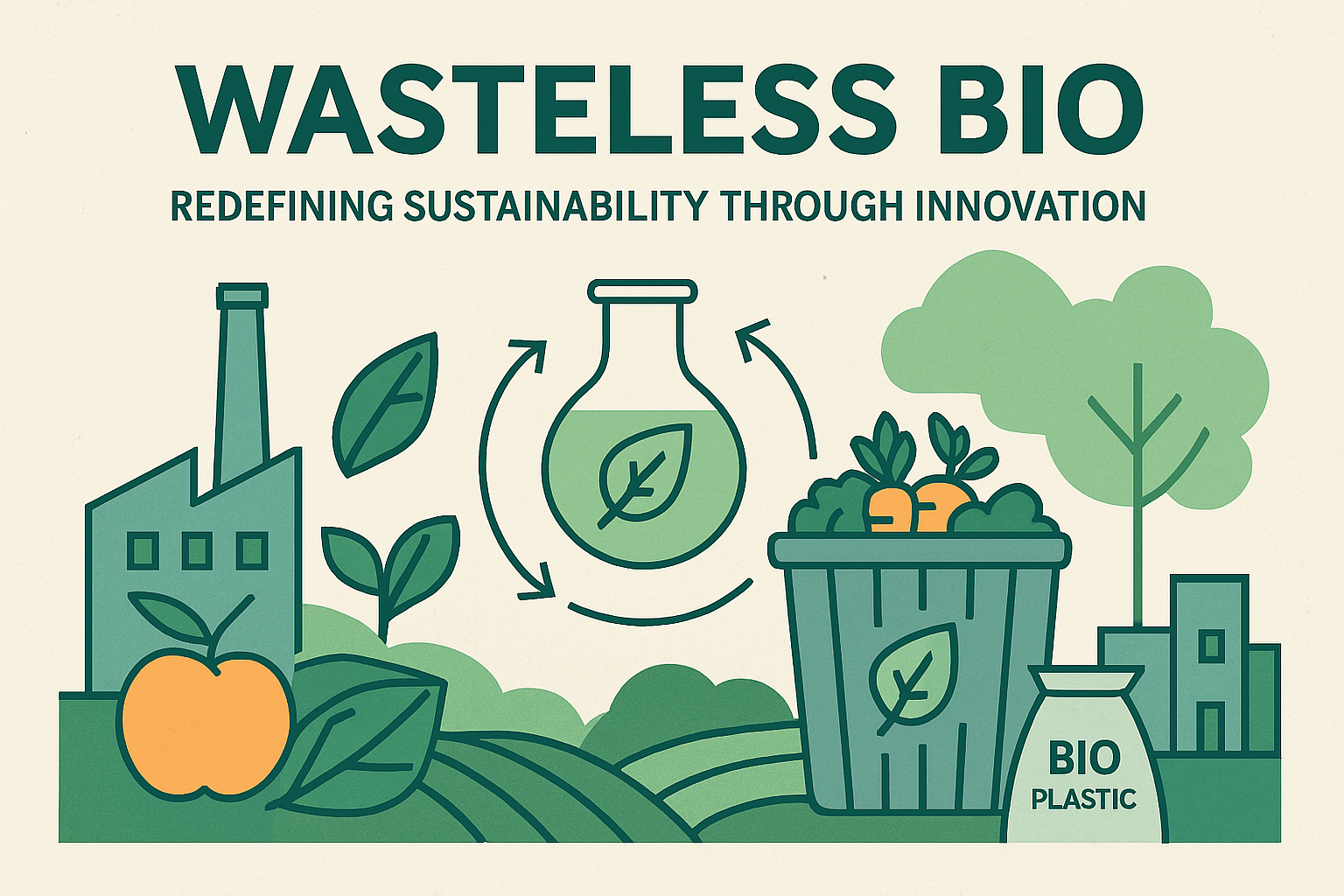Water fire extinguishers are one of the most common types of fire extinguishers found in homes, offices, and other buildings across the United Kingdom. They are an essential piece of fire safety equipment, designed to quickly and effectively extinguish small fires before they have a chance to grow out of control.
But how exactly do these water-based extinguishers work? In this article, we’ll take a deep dive into the inner workings of water fire extinguishers, exploring the science and technology behind their function. We’ll cover the key components, the chemical and physical processes involved, and the specific types of fires they are best suited to tackle. By the end, you’ll have a thorough understanding of how these vital fire safety devices operate.
The Basics of Water Fire Extinguishers
At their core, water fire extinguishers are relatively simple devices. They contain a supply of water, which is the primary extinguishing agent, stored under pressure within a metal or plastic canister. When the extinguisher is activated, this pressurised water is expelled from the canister and directed at the base of the fire.
The water acts to cool the burning materials, lowering their temperature and interrupting the chemical reaction that sustains the fire. Additionally, the water vapour produced can displace and smother the oxygen that fuels the fire, further aiding in its extinguishment.
Water fire extinguishers are classified as “Class A” extinguishers, meaning they are suitable for tackling fires involving ordinary combustible materials such as paper, wood, textiles, and plastics. They are not, however, effective against fires involving flammable liquids, gases, or live electrical equipment, which require different types of extinguishers.
The Key Components
Now let’s take a closer look at the main components that make up a water fire extinguisher:
The Canister
The canister, or body, of the extinguisher is typically made of metal, such as steel or aluminium, or a durable plastic material. This sturdy container holds the water and the pressurised gas that propels it.
The canister is designed to withstand the internal pressure required to effectively discharge the water. It also incorporates various safety features, such as a pressure gauge, to allow the user to quickly assess the extinguisher’s readiness for use.
The Water
The extinguishing agent itself is, of course, water. This is a highly effective and readily available substance for tackling fires involving ordinary combustible materials. Water has a high heat capacity, meaning it can absorb a significant amount of thermal energy before its temperature rises, making it an excellent coolant.
The water used in fire extinguishers is typically clean and treated to prevent freezing, corrosion, and the growth of microorganisms. This ensures the extinguisher remains in optimal working condition for its lifespan.
The Propellant
In order to expel the water from the canister and onto the fire, a pressurised propellant gas is used. This is typically nitrogen or compressed air, stored within the canister alongside the water.
When the extinguisher is activated, the propellant gas is released, creating the necessary pressure to force the water out of the canister and through the nozzle. The gas also helps to atomise the water, breaking it into fine droplets that are more effective at penetrating and smothering the fire.
The Nozzle
The nozzle is the component that directs and controls the flow of water from the extinguisher. It is designed to optimise the water stream for maximum effectiveness in fire extinguishment.
Nozzles can take various forms, such as a straight stream nozzle for long-range application or a fog nozzle that produces a wider, more dispersed water spray. The specific nozzle design is tailored to the intended use of the extinguisher.
The Activation Mechanism
Water fire extinguishers typically use one of two main activation mechanisms: a squeeze-grip handle or a pull-pin and lever system.
The squeeze-grip handle is the most common, allowing the user to simply grasp the handle and squeeze to release the water. This design is intuitive and easy to operate, making it well-suited for use in emergency situations.
The pull-pin and lever system requires the user to first pull a safety pin, then squeeze the lever to begin the extinguishing process. This additional step helps prevent accidental discharge, but may be slightly more complex for some users to operate under pressure.
The Science Behind Water Extinguishers
Now that we’ve covered the key components, let’s delve into the science and chemistry that underpins the effective operation of water fire extinguishers.
The Cooling Effect
As mentioned earlier, water’s high heat capacity makes it an excellent coolant for fire extinguishment. When water is applied to a fire, it absorbs a significant amount of thermal energy from the burning materials, causing their temperature to drop.
This cooling effect disrupts the chemical reaction that sustains the fire, depriving it of the heat necessary to continue burning. The water also creates a physical barrier between the fuel and the oxygen in the air, further starving the fire of the components it needs to remain active.
Evaporative Cooling
In addition to its heat-absorbing properties, the water expelled from the extinguisher also undergoes a phase change as it comes into contact with the hot, burning materials. This transformation from liquid to vapour (i.e. evaporation) results in an even more pronounced cooling effect.
As the water evaporates, it draws additional thermal energy from the surrounding environment, further lowering the temperature of the fire. The water vapour produced can also displace and smother the oxygen supply, effectively smothering the fire.
Oxygen Displacement
The pressurised water stream from a fire extinguisher not only cools the burning materials, but also creates a physical barrier that separates the fire from the oxygen in the air. This oxygen displacement can suffocate the fire, interrupting the combustion process and causing it to extinguish.
The water vapour produced during evaporation also contributes to this oxygen-depletion effect, filling the immediate area around the fire and reducing the availability of the vital oxidising agent.
Wetting and Penetration
Water fire extinguishers are designed to deliver the water in a way that maximises its effectiveness in reaching and penetrating the burning materials. The nozzle, as discussed earlier, plays a crucial role in this regard.
The water stream is optimised to soak and “wet” the burning surfaces, ensuring the cooling and oxygen-displacement effects can fully take hold. A well-designed nozzle can also help the water penetrate deeper into the fire, reaching the heart of the combustion and extinguishing it more efficiently.
Types of Fires Tackled by Water Extinguishers
As mentioned earlier, water fire extinguishers are classified as “Class A” extinguishers, meaning they are suitable for tackling fires involving ordinary combustible materials. This includes fires fuelled by:
- Paper
- Wood
- Textiles
- Plastics
- Rubber
- Fabrics
The cooling and smothering effects of the water make it highly effective at extinguishing these types of fires. However, it’s important to note that water extinguishers should never be used on fires involving flammable liquids (such as petrol or oil), flammable gases, or live electrical equipment.
Using water on these types of fires can be extremely dangerous, as it can cause the fire to spread and potentially lead to severe injuries. For these types of fires, specialist extinguishers designed for “Class B” (flammable liquids) or “Class C” (flammable gases) fires should be used instead.
Proper Use and Maintenance
To ensure water fire extinguishers remain in optimal working condition and are used effectively in an emergency, it’s crucial to follow the proper guidelines for their operation and maintenance.
Operation
When using a water fire extinguisher, it’s important to remember the PASS technique:
- Pull the pin: This releases the extinguisher’s locking mechanism, allowing you to discharge the water.
- Aim the nozzle: Direct the water stream at the base of the fire, not the flames themselves.
- Squeeze the handle: Apply steady, even pressure to release the water.
- Sweep from side to side: Move the water stream across the base of the fire to ensure complete extinguishment.
It’s crucial to maintain a safe distance from the fire, typically around 1.5 to 3 metres (5 to 10 feet), and to have a clear escape route in case the fire cannot be quickly controlled.
Maintenance
Regular maintenance and inspection of water fire extinguishers are essential to ensure they remain in working order and ready for use in an emergency.
This includes:
- Monthly visual inspections: Check the pressure gauge, ensure the extinguisher is in its designated location, and look for any signs of damage or tampering.
- Annual professional servicing: A qualified fire safety technician should conduct a thorough inspection, testing the extinguisher’s components and refilling or replacing the water and propellant as needed.
- Replacement: Water fire extinguishers typically have a service life of 5 to 10 years, after which they should be replaced with a new unit.
Proper maintenance not only keeps the extinguisher functioning correctly but also ensures it meets relevant safety standards and regulations, such as those set out by UK based fire suppression company QSDFire.
Special Considerations
While water fire extinguishers are a versatile and widely-used tool for tackling small fires, there are a few special considerations to keep in mind when using them:
Electrical Fires
As mentioned earlier, water should never be used on fires involving live electrical equipment. The water can conduct electricity, posing a serious shock hazard to the user. For electrical fires, a CO2 or dry powder extinguisher is the safer and more appropriate choice.
Flammable Liquids
Similarly, water is ineffective and potentially dangerous when used on fires fuelled by flammable liquids such as petrol, oil, or solvents. The water can actually cause these types of fires to spread and intensify, as the liquid fuel may float on top of the water’s surface.
Cooking Fires
Fires involving cooking oils and fats require a different type of extinguisher, such as a wet chemical or dry powder unit. Water can cause hot cooking oil to splatter, leading to the rapid spread of the fire and potential injuries.
In these specialised situations, it’s crucial to use the correct type of fire extinguisher to ensure the fire is extinguished safely and effectively.
The Importance of Water Fire Extinguishers
Water fire extinguishers play a vital role in fire safety and protection, particularly in homes, offices, and other buildings where ordinary combustible materials are present. Their effectiveness in quickly cooling and smothering small fires can make the difference between a minor incident and a devastating blaze.
By understanding how these extinguishers work, from their key components to the science behind their operation, we can better appreciate their importance and ensure they are properly maintained and used when needed. Regular inspection, servicing, and replacement of water fire extinguishers, as outlined on the QSDFire website, is essential to upholding fire safety standards and protecting lives and property.
In the event of a fire, having a water extinguisher readily available and knowing how to use it correctly could be the crucial factor in preventing a small fire from escalating into a much larger, more dangerous situation. By investing in and properly maintaining water fire extinguishers, we can all contribute to a safer, more secure environment for ourselves and our communities.











